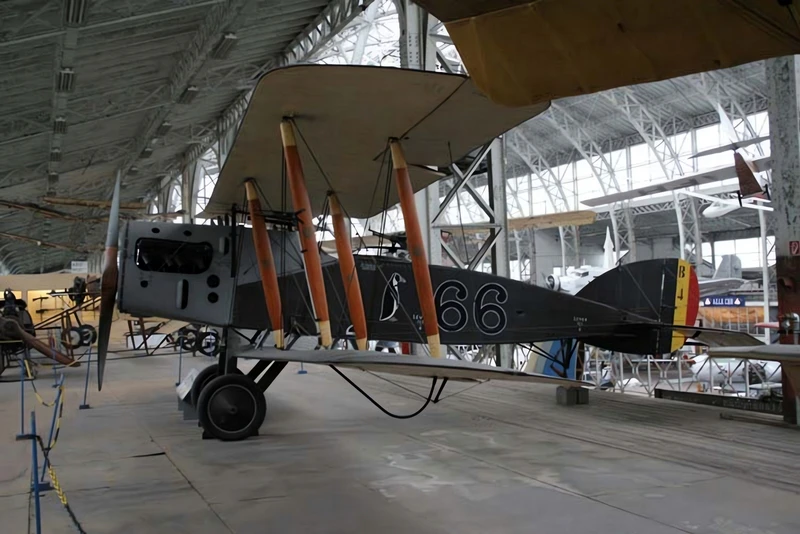
Bristol F.2 Fighter | |
|---|---|
| Country | United Kingdom |
| Role | Biplane fighter aircraft |
| First flight | 9 September 1916 |
| Built | 5329 |
The Bristol F.2 Fighter was a British two-seat biplane fighter and reconnaissance aircraft of the First World War developed by Frank Barnwell at the Bristol Aeroplane Company. It is often simply called the Bristol Fighter, other popular names include the “Brisfit” or “Biff”. Although the type was intended initially as a replacement for the pre-war Royal Aircraft Factory B.E.2c reconnaissance aircraft, the newly-available Rolls-Royce Falcon V12 engine gave it the performance of a two-seat fighter.
Source: Bristol F.2 Fighter on Wikipedia
| Bristol F2b Walk Around | |
|---|---|
| Photographer | Klaus Walde |
| Localisation | Unknow |
| Photos | 14 |
| F.2B Brisfit Walk Around | |
|---|---|
| Photographer | Michael Benolkin |
| Localisation | Unknow |
| Photos | 44 |
See also:
| Bristol F.2B Fighter Walk Around | |
|---|---|
| Photographer | Jan Petr |
| Localisation | Unknow |
| Photos | 43 |
The Bristol F.2 Fighter was a remarkable aircraft that served in various roles during and after the First World War. It was designed by Frank Barnwell of the Bristol Aeroplane Company as a two-seat biplane fighter and reconnaissance aircraft, powered by a Rolls-Royce Falcon engine. It had a single fixed Vickers machine gun for the pilot and one or two Lewis machine guns for the observer. It could also carry up to 120 kg of bombs.
The Bristol F.2 Fighter was often called the “Brisfit” or the “Biff” by its crews, who appreciated its robustness and agility. It could hold its own against single-seat fighters, as long as it was flown aggressively and not defensively. It first flew on 9 September 1916 and entered service with the Royal Flying Corps in early 1917. It saw action on the Western Front, the Middle East, and other theatres of war. It was also used by several other countries, such as Poland, Honduras, and New Zealand.
The Bristol F.2 Fighter was one of the most successful and versatile aircraft of its era. It remained in military service until the early 1930s, and some were converted for civilian use as well. It was a testament to the skill and vision of its designer, Frank Barnwell, who created a classic biplane fighter that could adapt to changing needs and challenges.
Views : 2434











